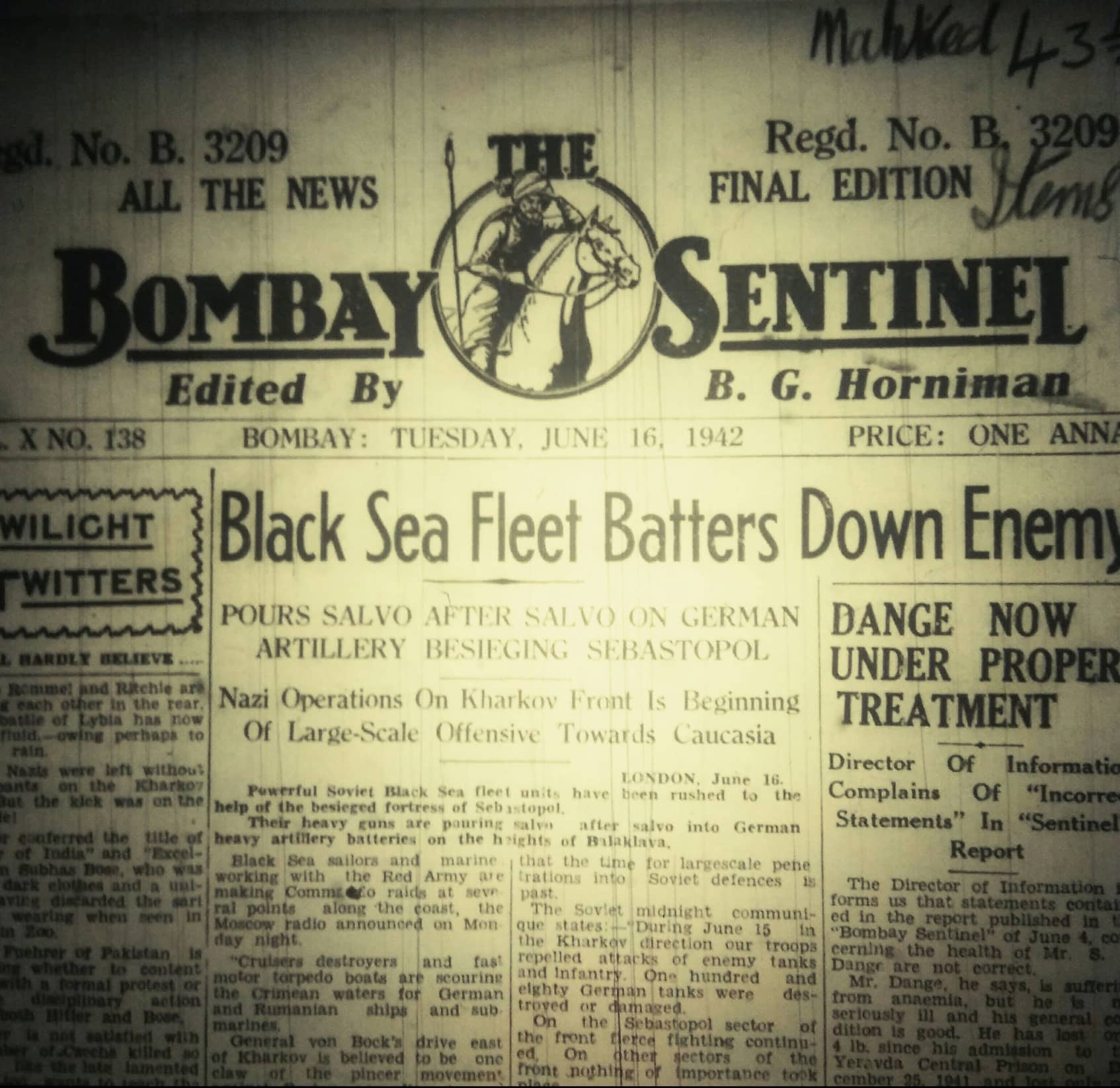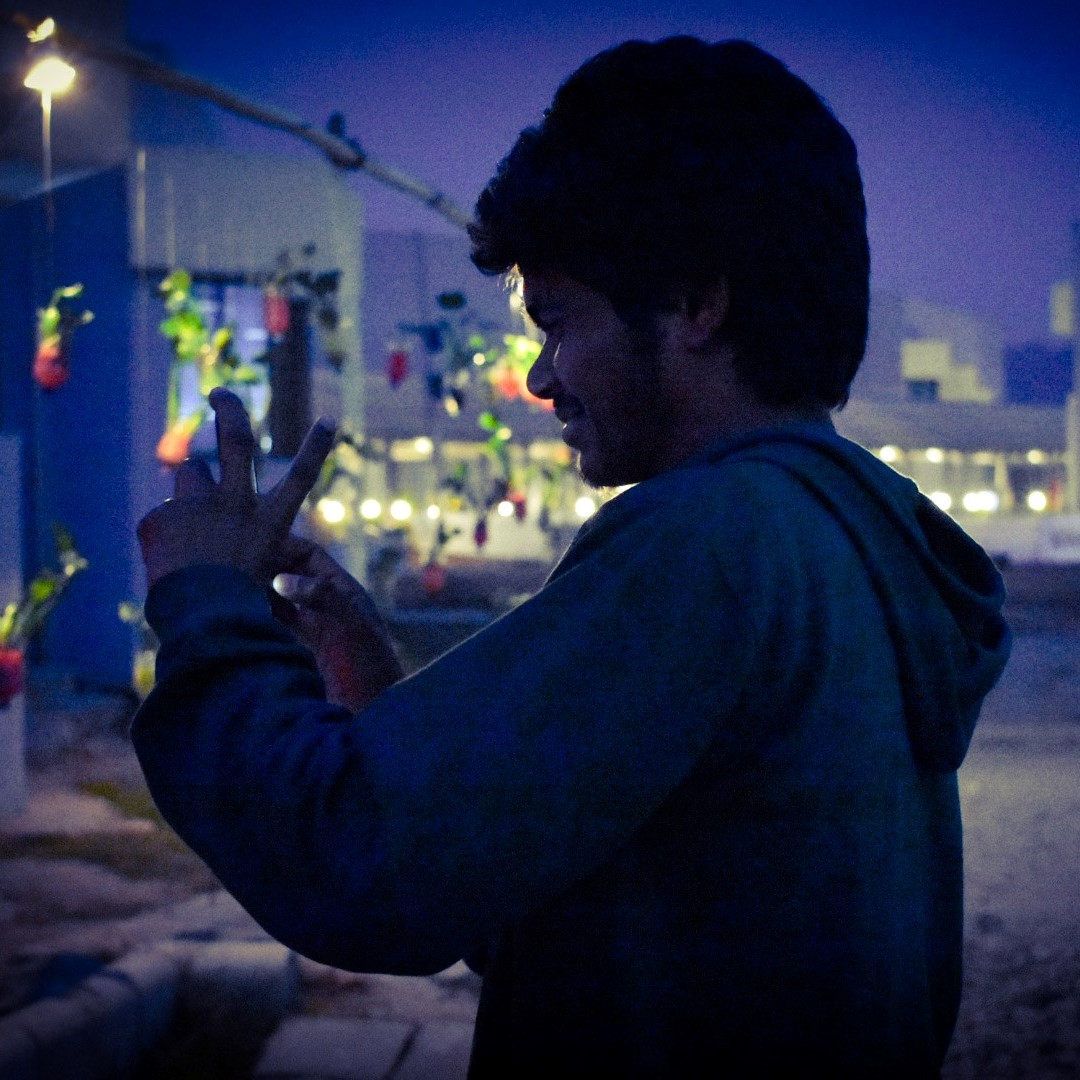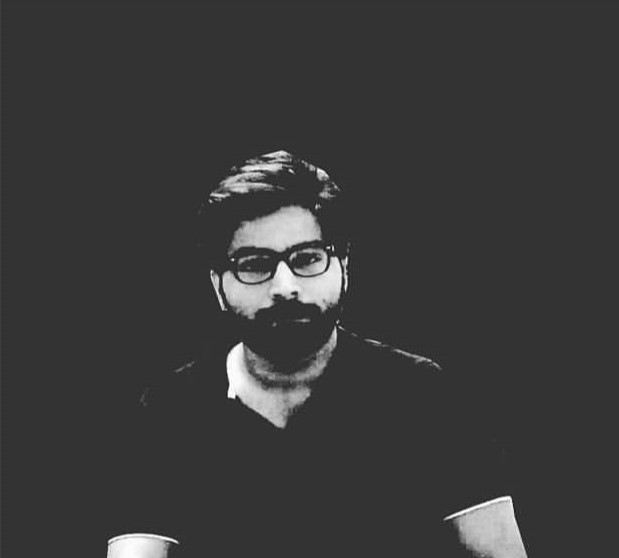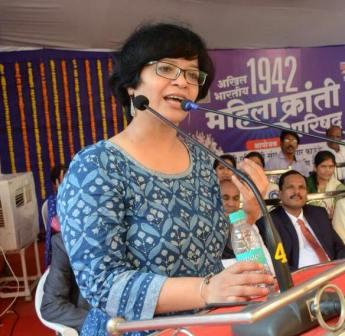Syamasundar Unnamati
“The Press is an accomplice of the Congress” – Dr. B. R. Ambedkar
The colonial Indian Press was very biased against the grievances of the Depressed Classes. Until Dr. Ambedkar became part of the Bombay Legislative Council, the grievances of the Depressed Classes were not addressed by the Press seriously. When the Mahad Satyagraha took place in 1927, the English Press mentioned it as a fracas; it was not highlighted despite the fact that it was the first biggest social revolt in the history of India. Mahad was conceived as just another atrocity on depressed classes, by the Press.

The Congress Press never gave much importance to the Depressed Classes’ politics; similarly, it never highlighted the leadership of Dr. Ambedkar. In fact it always tried to project Ambedkar as anti-nationalist, a stooge of imperialist British Raj and a hardcore hater of Hinduism. However, the Bombay Sentinel, an evening newspaper, was quite different from the rest of the newspapers. It was brought out by the Bombay Chronicle paper which was started by Sir Pherozshah Mehta. The Bombay Sentinel was edited a British journalist, Mr. B. G. Horniman, who was a strong supporter of Indian independence. Unlike other newspapers, the Bombay Sentinel highlighted the Depressed Classes’ struggles and Dr. Ambedkar.
B. G. Horniman had great respect for Dr. Ambedkar. On the occasion of Dr. Ambedkar’s Golden Jubilee birthday celebrations, he sent a message that said, “Ambedkar, in the front rank of great men of India”. He analysed the politics of Ambedkar positively, as long as he was the Editor of Bombay Sentinel. One such example was the occasion when Dr. Ambedkar visited Mahad as Labour Member of the Viceroy’s Executive Council in November 1942. Here is the full report which was published in Bombay Sentinel (it was published later in the Muslim League paper, Dawn):
~
Where Ambedkar Started
For the first time in the 200-year-old record of British rule in this country a Member of the Viceroy’s Executive Council set his foot on the history loaded soil of konkan when Dr. B. R. Ambedkar, leader of the Depressed Classes landed at the pretty little port of Dharamtar about 30 miles from the busy hive of Bombay. It was the first time that many other events took place in this country and on that soil.
The Labour Member of the Government of India was on a three day pilgrimage to the cosy town of Mahad where nearly 20 years ago, for the first time in 200 years, entered on his public career and launched the grim battle for the assertion of the natural rights of 70 millions of India’s down-trodden Untouchables.

Twenty years ago, Mahad had presented a totally different spectacle. Dr. Ambedkar had then roused the anger of the Hindu orthodoxy to such a pitch that the house in which he lived was threatened to be burnt down. His followers, gathered in conference, were stoned and dispersed and the Doctor himself had to be confined to a dirty old police cell for full seven days to be protected from the violence of the mob. Fifteen years ago at the renowned fort of Raigad, the coronation seat of Shivaji, a few miles from Mahad the Doctor was threatened with murder by a similar crowd. Mahad presented a different spectacle now.
Different Spectacle
The crowds were there but they had gathered to honour him. The police were there but they were summoned on the ceremonial mission of presenting a guard of honour. The Hindu orthodoxy was there too but only for peaceful discussion on Pakistan and the future constitution of India.
Though popular sentiment has undergone a complete transformation during these two decades, Dr. Ambedkar himself remained unchanged. The high Government officials who came to receive him at bunder were outraged by the staggering informality of his costume and the shattering blows he directed at centuries-old conventions and ceremonials at every stage of his tour.
They found the Executive Councillor in a “dhotie” that was tucked up to the knees, a shirt with a bright blue colour that hit one’s eye, without collar or tie, and in an Indian cap with an equally bright colour. What shocked them most was that instead of surrounding himself with the glory of the officialdom he merged himself in the crowd, ill-clad, ill-fed, sun-burnt , time-worn crowd to whom it was a gala day because one from among them who has reached that high was back among them to hear the tale of their woes and miseries, trials and tribulations.
Quaint Programme
His programme was equally quaint. It consisted of breakfast at a Muslim butcher’s, lunch at a Hindu tailor’s, afternoon tea with a petty shop keeper, dinner at the residence of a radical minded landlord who has undergone two years imprisonment for a violently anti-landlord speech.
The official word had no room here. The District collector, who affected most jarringly, “westernised” accent was dismissed in five minutes; the elegantly dressed Deputy Superintendent of Police, who came running all the way from Alibag to look after the Doctor’s safety was told that the thousands who had gathered to greet him provided more protection than all the police in the district could do. The high naval officers who awaited him at the Dharamtar bunder on his return journey, felt that the days of the British Empire were numbered if that was the sort of people who were running the Empire.
~
Reference: Bombay Sentinel, 1934-1947
Acknowledgement: Nehru Memorial Library Archives, New Delhi.
~~~
Syamasundar Unnamati is a Dalit Cartoonist.










